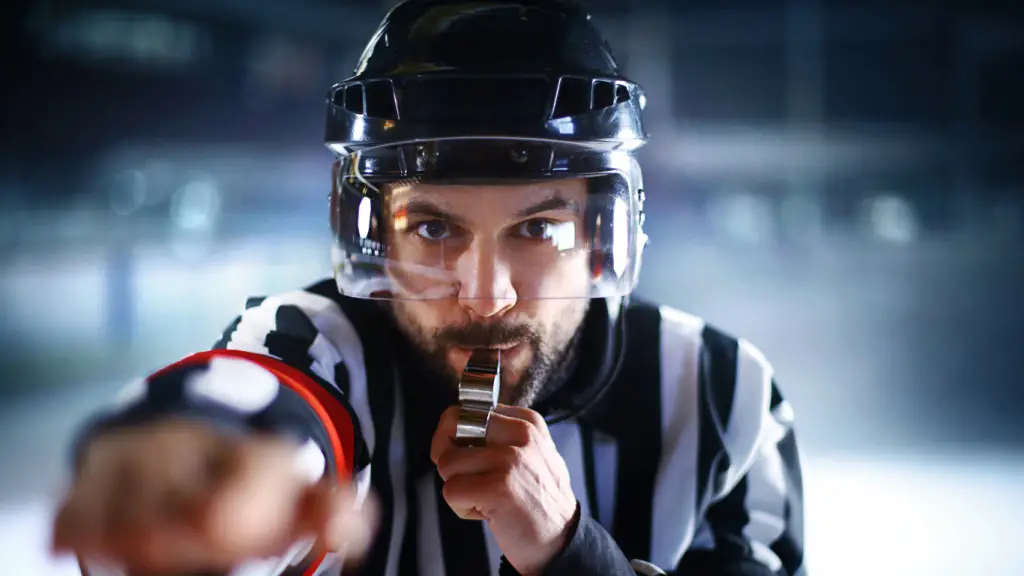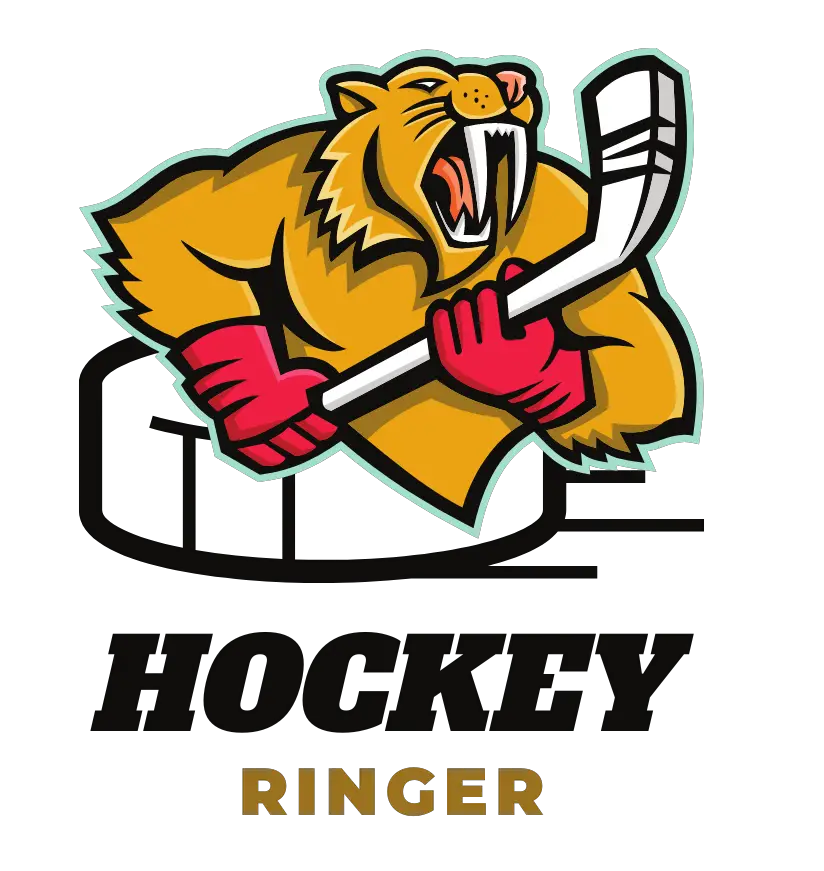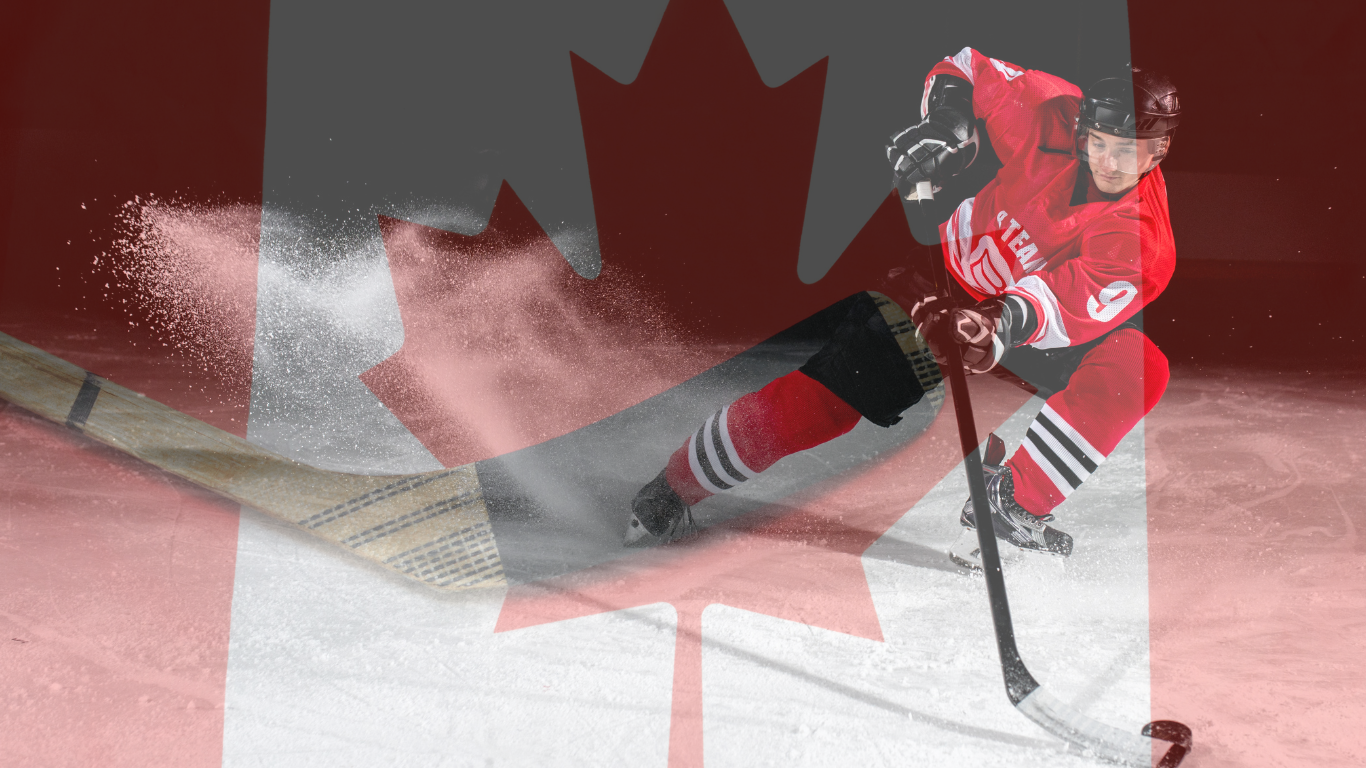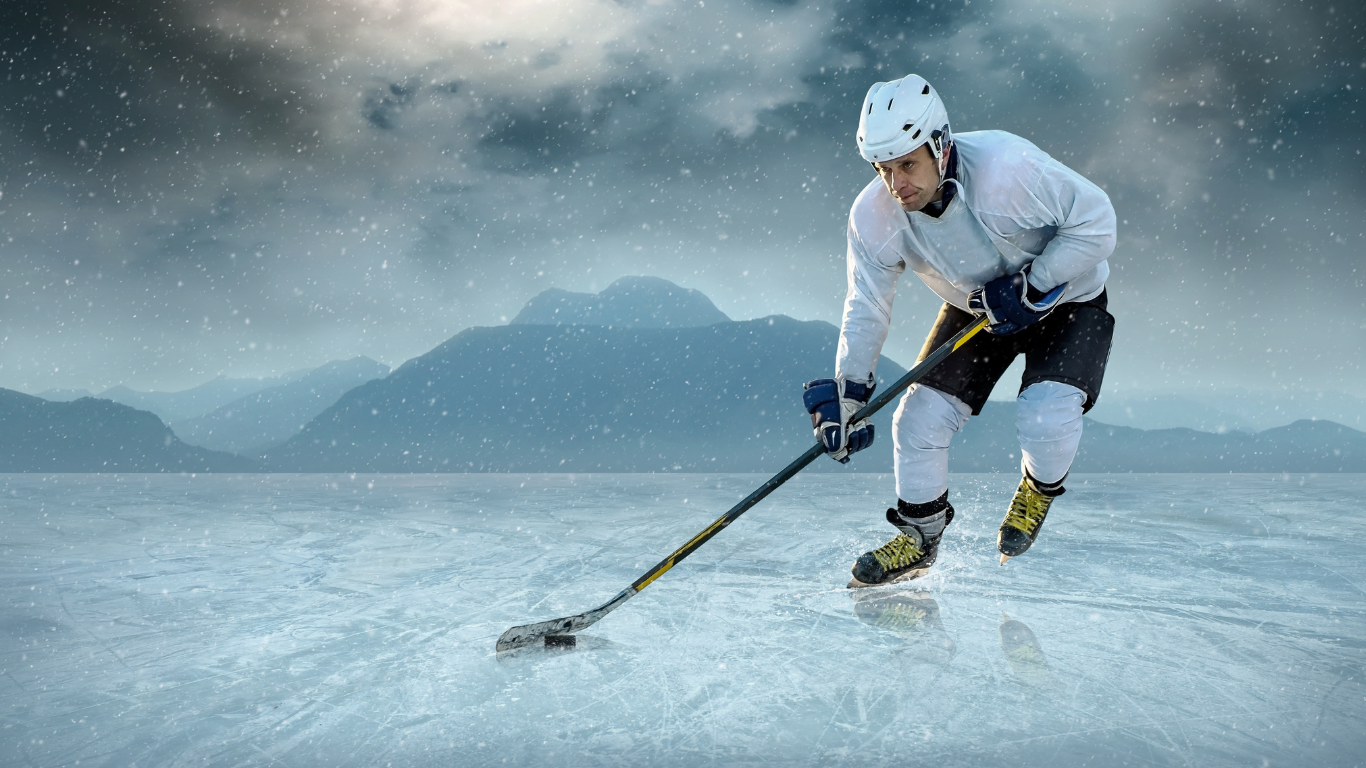Offsides is a crucial rule in ice hockey, instituted in 1929 to prevent players from “cherry-picking,” where they remain in the offensive zone awaiting the puck. The rule hinges on the position of a player’s skates in relation to the blue line that separates the offensive zone from the neutral zone. A player is deemed offside if both their skates completely cross this blue line before the puck does.
Importantly, it’s the skates that count, not the position of the player’s hockey stick. Players can keep the play going if at least one of their skates remains on or behind the blue line when attacking the offensive zone.
When a player is called offside, the game stops and a face-off takes place on the dot outside the offensive zone (unless the offsides were intentional).
Additionally, it’s pertinent to note that for an offside rule to not be violated, a player on the attacking team must be in control of the puck and be in the offensive zone when a different attacking player causes the puck to enter the offensive zone. This must hold true until either all attacking players or the puck exits the offensive zone. This rule is an integral part of the game, promoting fairness and strategic play.
What Are Offsides in Hockey?

Offsides in hockey happen whenever a player’s skates pass the blue attacking zone line completely before the puck. In other words, a player that is already stationed in the offensive zone cannot touch the puck if it wasn’t there first. If the player touches, offsides are called.
It is important to note that the rule states that both of the player’s skates have to be on the other side of the blue line. If one skate remains behind the line, offsides are not called. Similarly, offsides are not called if the skates are on the blue line but not past it.
So, the determining factor for offsides is the location of the player’s skates. The hockey stick is no factor when calling offsides. Often, you will see players dragging their feet so as to prevent offsides from being called.
Players in the Offensive Side
It is important to note that offsides are not called simply because a player goes past the blue line. Players can skate anywhere in the rink at any time. However, they cannot touch the puck while inside the zone. They must first go outside the zone before being able to touch the puck.
Offsides Based on the Rink
Understanding the layout of a hockey rink is crucial for understanding the rules of offsides. Hockey rinks are divided into 3 zones: The Defensive zone, Neutral Zone, and Attacking Zone.
Rink Zone
- Defensive zone: is the side of the rink that the team’s goalie is on
- Attacking zone, sometimes called the offensive zone which is On the other side of the rink and oppsite to the defence zone. This is the side of the rink that the team is trying to score on. Both of these zones have faceoff circles.
- Neutral zone: Is the Zone Between The Attack and Defence Zone, which also has faceoff circles. The neutral zone is separated by two blue horizontal lines. It is these blue lines that determine whether or not an offside is called.
What Are The Types of Ice Hockey Offsides?
There are multiple types of offsides that can be called, which can make it a bit difficult to understand this basic rule.
1. Delayed Offsides
Delayed offsides mean that the attacking team is already within the offensive zone before the puck, but the puck has not been touched by a member of the team. Delayed offsides can almost be compared to a warning call. It’s not technically offsides yet, but it is the making for offsides.
In order for offsides to not be called, all offensive team members within the attacking zone must exit. However, if a player touches the puck in the process, offsides will be called.
If delayed offsides are called, you will likely hear commentators using the phrase “tag up.” This phrase simply refers to the players’ opportunity to exit the offensive zone, which is called tagging up.
2. Intentional Offsides
Intentional offsides are whenever the attacking team intentionally tries to have offsides called. This happens whenever the carrier shoots the puck into the offensive zone where one of the teammates is already waiting to touch it.
Intentional offside frequently occurs whenever a team wants a line change, but their players can’t get off the ice. This often happens whenever players are tired and they want to swap out.
3. Offsides Deflections
The last type of offsides is offsides deflection. Offsides deflections are whenever the defending team attempts to clear the puck, but it hits an official that was located in the neutral zone before going back into the defensive zone. This can be considered offsides.
If the puck is deflected off a defending player, offsides are not called. The attacking team can continue trying to play the puck. This call is pretty rare since offsides deflections can only be called if the puck is deflected off an official.
What Happens After Offsides is Called?
Whenever offsides are called, the referee will blow his whistle to stop the play immediately. Then, the referee will call offsides, which lets the players know why the game is being halted. While blowing the whistle, the referee will point to where the offsides took place with the chopping motion of his hand.
From this point, the puck will be taken to the neutral zone for a faceoff. This faceoff occurs on the side of the ice that the infraction occurred, assuming that the offside was not intentional.
Say for instance that the offsides occurred at the left side of the rink. What this means is that the puck will be taken to the faceoff dots located on the left side of the neutral zone.
Intentional Offsides
If the referee deems the offsides intentional, then the faceoff will occur on the opposite side of the neutral zone. So, if the offsides occurred on the left side of the rink, the faceoff will be held on the right side of the neutral zone.
Placing the puck on the opposite side of the neutral zone places the offending team at a slight disadvantage since it places the puck closer to their defensive zone.
Final Thoughts On Hockey Offsides
Offsides in hockey occur whenever a player is across the blue line before the puck crosses it, but this rule is anything but simple. There are three main types of offsides, each coming with different penalties. To fully understand this rule, you have to know the specifics and penalties of each.
Still, this rule can be summed up pretty easily. Not to mention, it is a rule that is generally understood since many other sports also have an offsides rule, such as football or soccer.




